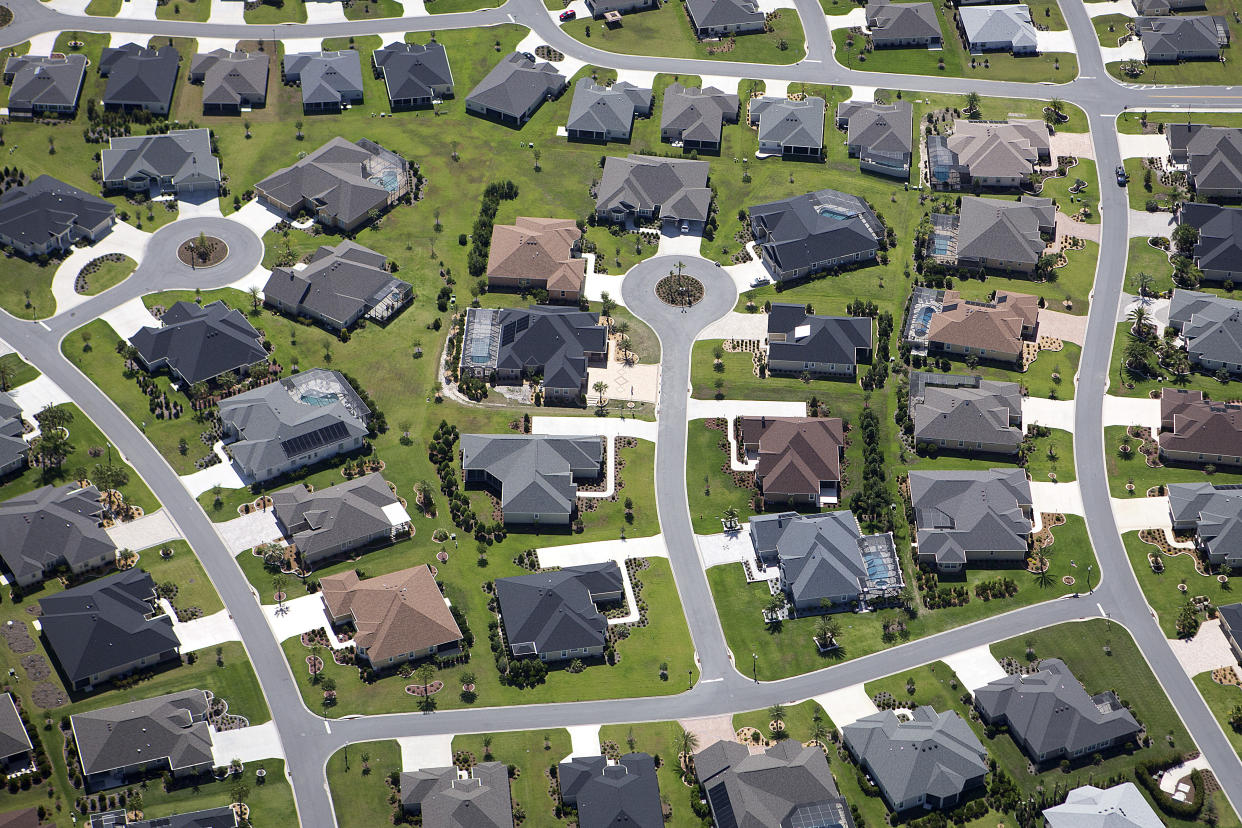Where homebuyers want to live reverts back to pre-pandemic norms, new report finds
Homebuyers are no longer making those long-distance moves that remote work during the pandemic afforded them.
The median miles between a buyer’s new home and their previous residence dropped to 20 miles in 2023 from 50 miles in 2022, a new report released this week by the National Association of Realtors showed.
The figure, along with other metrics in the report, highlight how much the pandemic changed the housing market and buyer preferences, but also how fleeting those patterns ended up being as time went by.
"We're seeing a market where CEOs want employees back to the office and so we're seeing trends that are driving that direction," Dr. Jessica Lautz, deputy chief economist at the National Association of Realtors, told Yahoo Finance. "I think COVID was just such an unusual time period."
Read more: How to buy a house in 2023
The 'burbs are back
For instance, the share of homebuyers who bought in rural areas and small towns — where they could work remotely — fell this year versus last, according to the report, which relied on data collected from 6,817 households that bought a home between July 2022 and June 2023.
The report found that 14% of buyers purchased in a rural area, down from 19% during the same period a year before. Similarly, 23% purchased in a small town, down from 29%.
On the flip side, interest in suburban locations and urban areas — presumably locations nearer to workplaces — increased. The report found that 47% of buyers bought in the suburbs, up from 39% last year and closer to the trend from 2017 to 2021. Urban buyers made up 14% of all buyers, up from 10%.
The factors influencing a buyer’s neighborhood choice also appeared to reflect the increase of in-person work. The report found that 38% of buyers said "convenient to job" was a main reason they picked a neighborhood, up from 33% last year and closer to the 42% reported in 2021 and 45% in 2020.
Commuting costs were also a bigger concern this year among buyers. Almost a third of buyers — 31% — considered commuting costs a very important home feature, up from 24% last year and in line with the historical average going back to 2011.
Other dynamics at play
Some of the changes could also reflect the rise of the more hybrid work model.
That may be the reason why the median distance didn’t revert all the way back to the norm of 15 miles seen between 2018 to 2021. Hybrid work gives Americans more flexibility to find an affordable home that is within driving distance to their office, but a commute they don’t necessarily have to make every day.

But another factor not at all related to work may also be at play — notably, housing affordability, which has worsened considerably this year as mortgage rates rise along with home prices. To get a break, buyers have to look further out.
Read more: Mortgage rates at 20-year high: Is 2023 a good time to buy a house?
"We're still seeing that median of 20 is higher than what we had seen historically," Lautz said. "I also would very much say people have been moving farther out to seek a more affordable property as well."
Rebecca Chen is a reporter for Yahoo Finance and previously worked as an investment tax certified public accountant (CPA).
